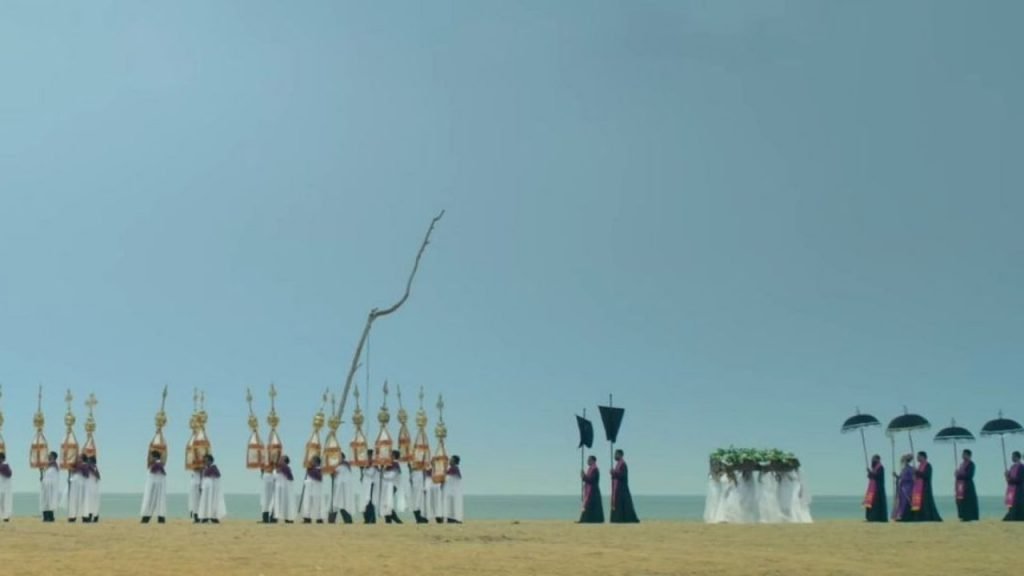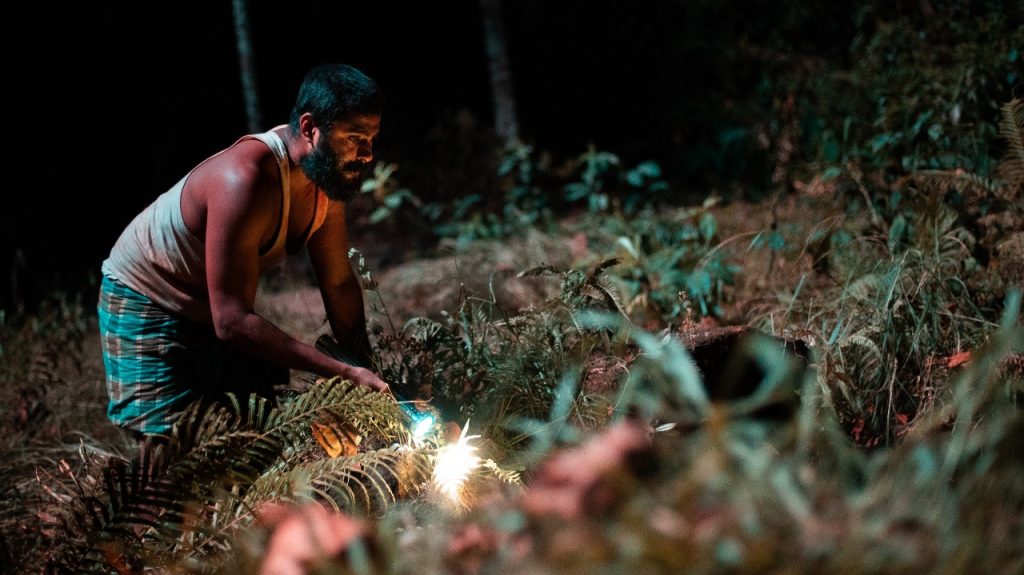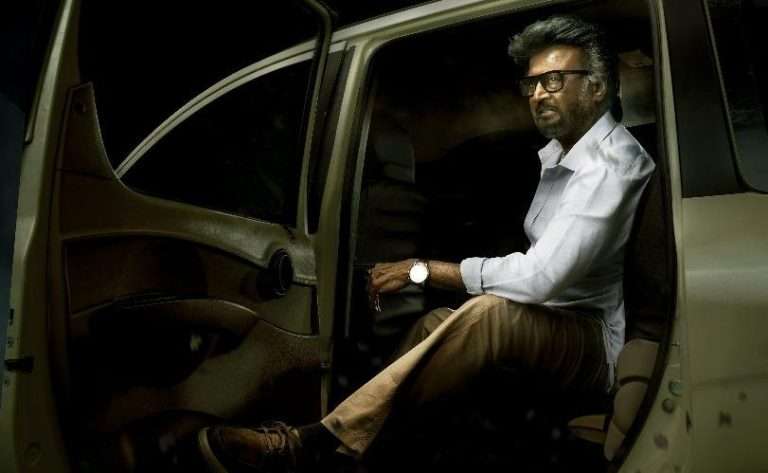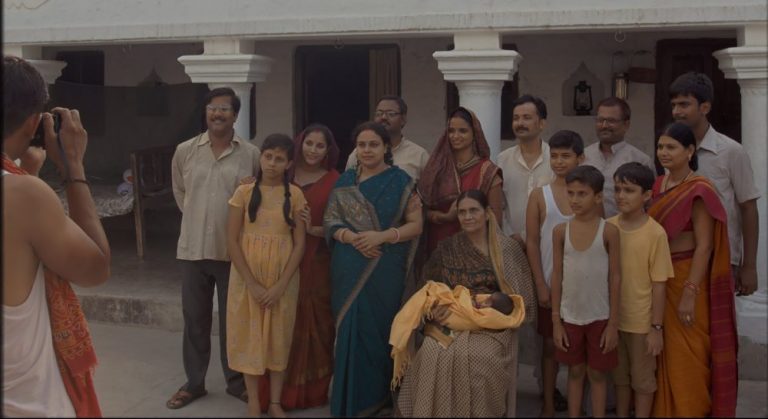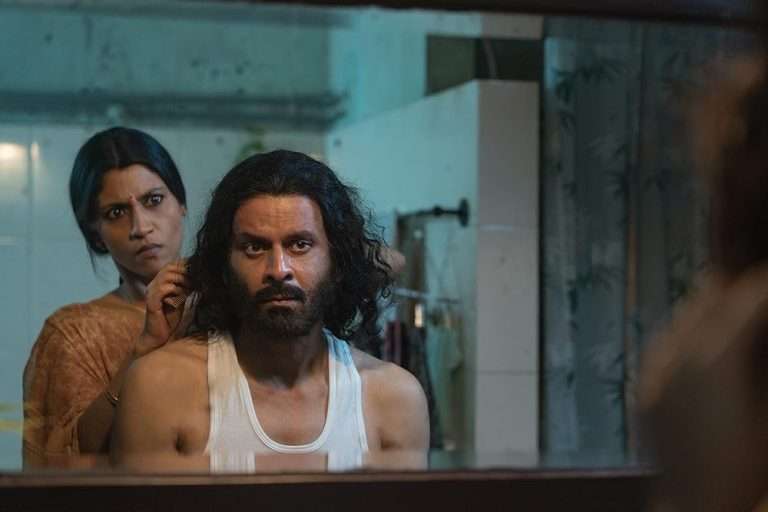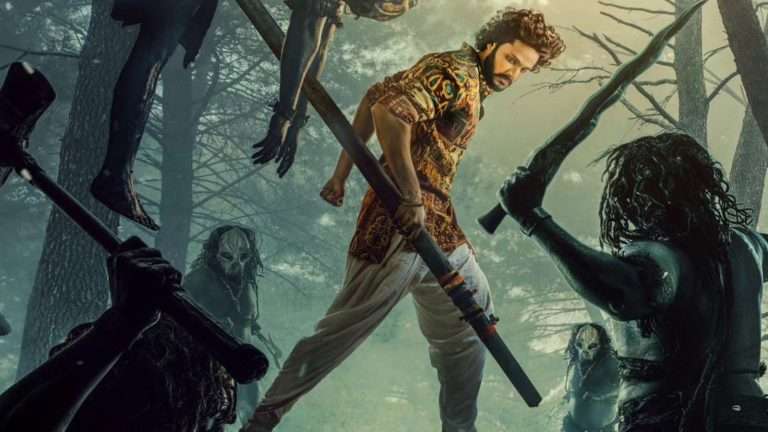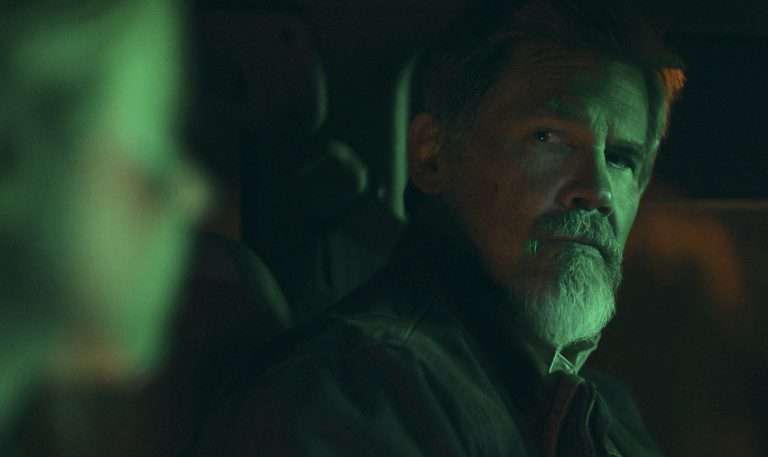Anupama Chopra: Movies like Angamaly (Dairies) and EE.MA.YAU sort of really captures the chaos of humanity, the frenzy of being alive. Why is that a recurring trope in your movies?
Lijo Jose Pellissery: We’re living in a chaotic world.
The Film Companion Interview with Anupama Chopra (2019)
Widely credited to be one of the major auteurs who pushed for experimental cinema in the contemporary Malayalam Cinema Industry, Lijo Jose Pellissery has revolutionized and redefined the ambitions of Mollywood. The direction of the popularly recognized ‘Master of Chaos’ is often characterized to be raw, desperate, and hilarious but dismisses any attempt to be performative even though his productions are introspective and self-reflective. He has developed his own distinct genre and expressionist style of filmmaking that tries to explore the grim and uncomfortable truths of the human psyche through absurdist humor set in environments that turn chaotic.
However, in addition to the aforementioned statement, his films are never set in chaotic circumstances, rather, he brings out the chaos present in everyday life. He tames the uncontrolled chaos within the social strands of society and within human beings, weaponizing it to create his narrative. We shall look at a few of his recent films to explore this idea of controlled chaos through tropes he repeatedly uses in his films. The films in discussion will be; Angamaly Diaries (2017), EE. MA. YAU (2018) and Jallikattu (2019).
Related Article: Every Lijo Jose Pellissery Film Ranked
As of his productions post-2015, Pellissery’s films seem to stray away from empathetic connections with his characters. Rather, he emphasizes more on the environment and personifies it into an entity that audiences see themselves to be a part of. It plays an essential role in his story. He tells the tale of the characters through the environment, thus reversing what popular cinema normally does.
Films like Angamaly Diaries, EE.MA.YAU and Jallikattu take a considerable amount of time to establish the environment; beliefs and traditions of society, the relationship dynamics between its members, provide a visceral tour of the geography of the area to immerse the audience, and welcome them as part of the action. And then the chaos begins with nothing going as planned and audiences take part in the chaos, resonating with it, recognizing themselves to be a part of it.
What makes Pellissery’s films stand out is the simplicity of the tale told but the complexity with which it is told. The synopsis of the aforementioned films are:
Angamaly Diaries: Two gangs argue over who gets to sell pig meat in the town of Angamaly but it ends in violence and chaos.
EE.MA.YAU: An enigmatic father dies and his son tries to conduct a grand funeral for him but it ends in violence and chaos.
Jallikattu: Villagers chase and attempt to capture a bull that runs loose and terrorizes everyone but it ends in violence and chaos.
Related to Lijo Jose Pellissery: Angamaly Diaries (2017): Food, Romance and Gang Fights
All the aforementioned films have one thing in common; nothing goes to plan. In Angamaly Diaries, when one group tries to sell pork for a cheaper price to reap profits they are met with competition from the rival gang, resulting in a brawl and ultimately the death of one of the gang members. Subsequently, we witness the two gangs coming to terms peacefully but again unsatisfied members in a third gang stir more violence during a church festival (violence on holy grounds).
In EE.MA.YAU, the casket in which the dead body of the father is to be carried away breaks down the midway, the trumpet of one of the band musicians, hired to play angelic music during the funeral, is broken and as he plays we hear squeaky voices that sound hilarious like that one hears at stand up shows, only here, it is at a funeral. The instruments brought for the safe passage of the dead to the other world all fail (like the casket and the trumpet ) and ultimately, so does the institution of God, as a priest turned detective prevents the body from being buried on church ground out of spite and he is finally attacked by the son of the dead.
In Jallikattu, a controlled buffalo slaughter that happens on an everyday basis does a complete 360 and ends up being the buffalo committing manslaughter. In the ensuing mayhem, man turns against one another as one of the chasers of the buffalo attacks the other out of grudge from past events and ultimately stabs him, thinning away from the line between man and animal.
His films subvert the status quo. In Angamaly Diaries, we see teens dressed as Jesus, Marry, Joseph, and their followers, run amok in the town of Angamaly and get into brawls in a bar. Their solution to all the problems is violence and they act without taking into consideration themselves or the people around them.
In EE.MA.YAU we see how a highly spiritual and holy event like a funeral is intervened by a priest trying to find the supposed killer of natural death and the second family of the dead person revealing themselves at the ceremony. The daughter of the dead man is also hinted to be pregnant out of an external affair and we see this hint at sexual misconduct even on the grounds of the funeral. The supposed fiance of the daughter comes to the household to share intimate moments with her, ignorant of the fact that her father died a few hours ago. The holy and spiritual function i.e. funeral is stained with unholy acts of violence and adultery.
Also Read: The 25 Greatest Malayalam Movies of All Time
In Jallikattu, we see similar paradoxes as self-proclaimed civilized men terrorize females in households by forcing themselves on them for temporary pleasure. We also see how greed takes over a whole village as men with sticks and spears pierce one another in order to get the meat of a buffalo. Lust and greed for meat take over resulting in cannibalism. It is the facade of civilized society we claim ourselves to be a part of.
Pellissery uses long tracking shots to show the real nature of man outside the temporary facades usually shown. The longer one is followed, the longer one’s self can be brought out as they get more comfortable in an environment where they can be themselves. The long tracking makes the audiences witness what we do to ourselves and others. It almost seems to accuse the watcher of themselves and their actions. One of the most memorable sequences from Angamaly Diaries is the last shot of the film; an 11-minute long tracking shot that covers the Angamaly church festival and the concluding violence that ensues leading to the epilogue.
EE.MA.YAU. has repeated tracking shots from the interior of a household and vice versa, repeatedly, to follow characters and observe their absurd antics thereafter when a death happens in the family. Jallikattu has 6 long tracking shots and that too mostly in the night as we follow villagers track down the wild beast and attempt to tame it. These dragged-out shots through tall grass temporarily prevent vision and audiences are forced to rely on sounds of breath to distinguish man and beast. Gradually this distinction also fades away as the intensity of camera movement increases along with a crescendo of wild breaths.
Another recurrent trope in Pellisery’s work is the use of food and how it is shot. For him, meat acts as symbolic of man’s primal desires. We see extensive shots of meat being prepared in the opening sequence of Angamaly Diaries as well as pigs being slaughtered to be sold. In Jallikattu as well, we see buffaloes being slaughtered and meat being diced for sale. Meat embodies the carnal desire of man to want flesh, which also translates to the carnal desires of sex, which is distinctly referred to in all the mentioned films. Subsequently, his male characters ooze toxic masculinity and wish to be revered by their counterparts.
Pellissery takes great effort in attempting to convey to his audience no matter how civilized we claim to be or how far we have come as an organized society, the primal savages humans are will always remain and under certain circumstances, these desires will take over man. He seems to be an anarchist visionary, an auteur who shows the world he sees, unfiltered and is unapologetic in his means of conveying the same.
Also Read: 10 Great Malayalam Movies to Stream on Prime Video
We see mindless violence in all three films and how gossip easily floats around the air. We see how man jumps into action without any thought by himself but because he sees his comrades jump into action. Man loses control of his body and submits to his savagery and lets a herd mentality take over. Respect for the dead, religion, community are all disowned as he/she/they are present only in the moment and act out of fluctuating emotions and desires. It is this savagery and chaos that Pellissery has tried to emulate in his work.
With his latest production, Churuli (2021), Pellissery has completed his trilogy of Life, Death, and Afterlife through EE.MA.YAU, Jallikattu and the aforementioned. He presents a world where chaos has been internalized and de-establishes social constructs of normative civilized society. All the vices that man has categorized as those that separate him from beasts are embraced. His end product seems to show that human existence has come full circle after moving away from this beastliness and now coming back to it, giving life to the title of his production as well as his trilogy on existence. An attempt to go deep into and understand Churuli is a labyrinth on its own and a topic for future discussion.


